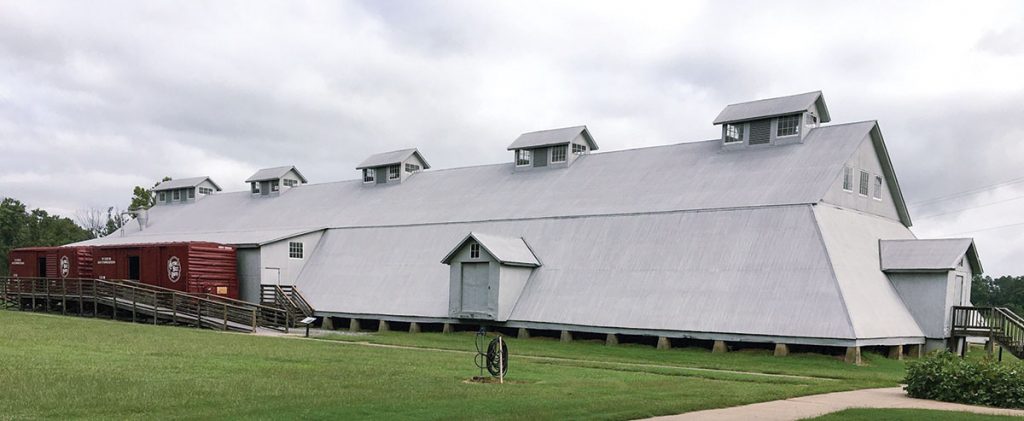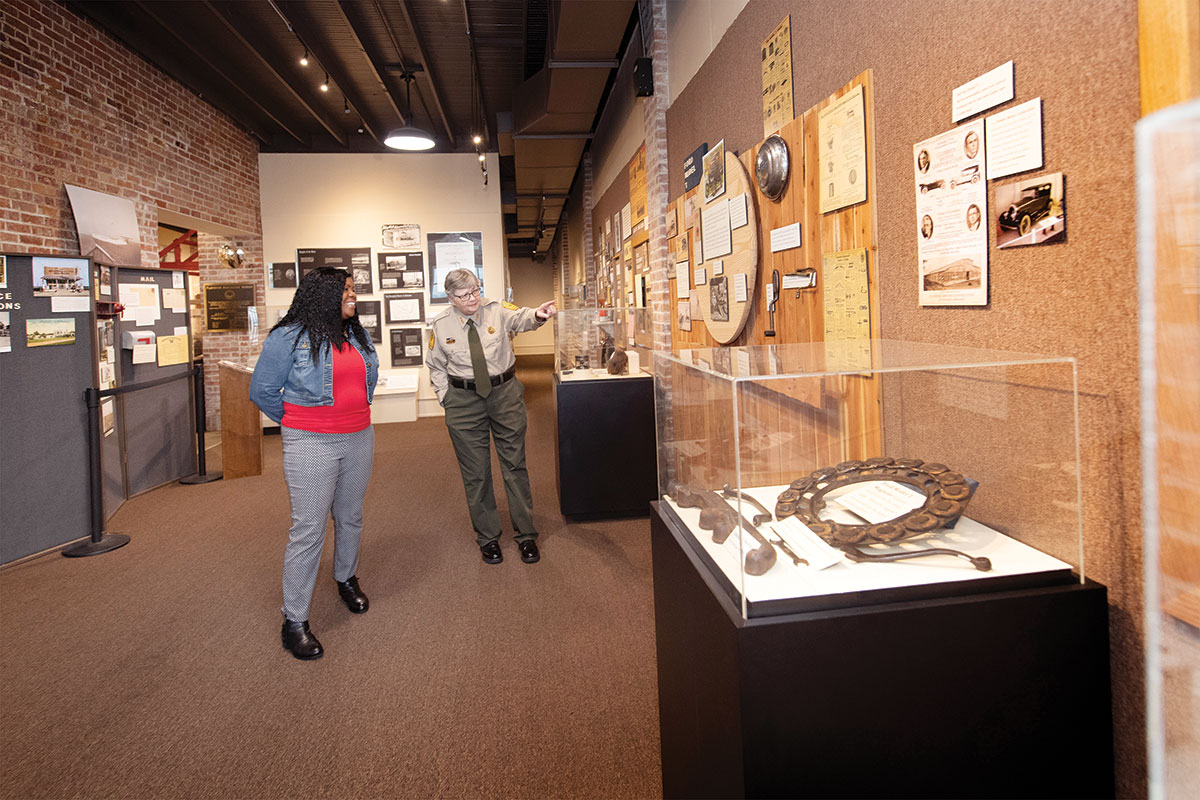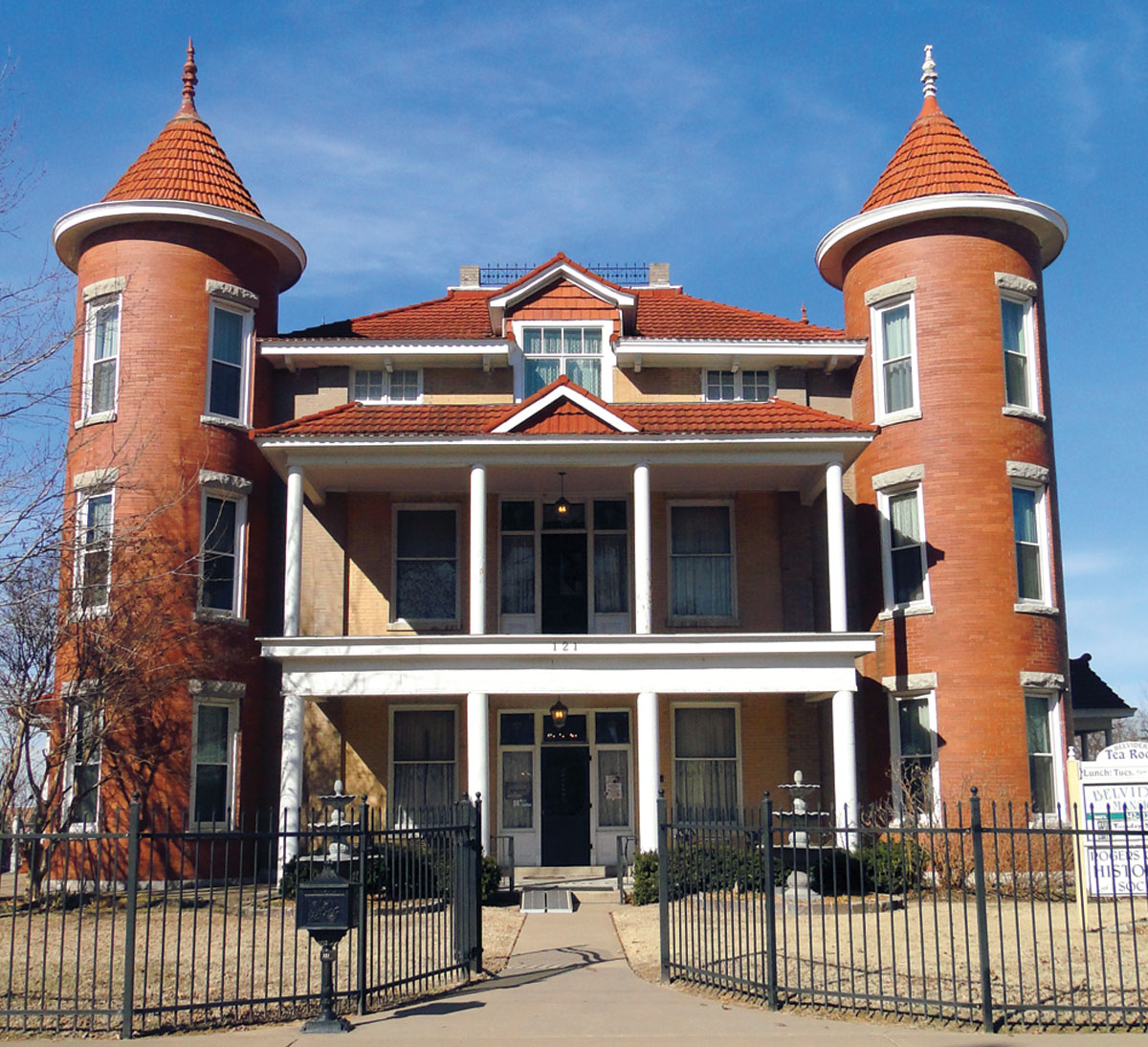
The Plantation Agriculture Museum was the first state-owned agriculture museum
William Pinkney Dortch arrived in the Pulaski/Lonoke County, Ark., area before the Civil War and married the daughter of another settler. He built a beautiful home he named Marlsgate after the ancestral home from England. That home is now an event center. William’s son Robert L Dortch was born in 1897. In the early 1960s Robert and his two daughters wanted to open an agricultural museum with an emphasis on cotton production, a major crop for Arkansas farmers whether plantation owners or small farmers.
“Robert’s son, known as Pinkney Dortch, was a progressive farmer who helped the University of Arkansas open experimental stations to advance improvements for raising cotton as well as other crops,” Linda Goza, the museum’s superintendent explained.
The Dortch Museum stayed open until Robert passed in 1972. It then remained abandoned until State Rep. William Foster pushed for opening the first state-owned agriculture museum, an effort successfully completed and supported by then-governor and future president Bill Clinton’s signature.
The museum is housed in several buildings, including a 1912 general store built by Conway Scott just before William’s passing in 1913 and the later 1929 post office addition. This building serves as the museum’s entrance where visitors pay a small fee. The importance of cotton in Arkansas history grabs visitor attention immediately because the main gallery exhibit focuses on the annual cotton production cycle from seed to ginning with important artifacts such as a breaking plow, a one row planter and a walking cultivator. Next comes a picking exhibit which features a cotton scale and historic photographs of pickers at work. A good picker working from dawn to dusk could pick 100 pounds of cotton per day. Another section is devoted to mules and their critical importance to the cotton industry and other early agricultural crops.
“One of my greatest pleasures is visiting with reminiscing seniors and passing on what they say to visiting students,” Linda said.
Another part of the first exhibit area is devoted to an early 1900s kitchen, which includes items common before electricity was available in rural areas. An item of particular interest is a cupboard for baking, called a possum bottom cabinet, which contains rounded storage bins for flour and cornmeal, shelving for baking supplies and a pullout cutting board for the daily task of rolling dough and cutting biscuits.
Outside is a path to other buildings. It is lined with tractor and other large machinery, including massive traction engines. They are next to the cotton pen and were used as portable powerhouses typically for threshing or ginning the cotton. The museum contains a cotton gin building with a fully restored 1919 system, including a two-bale press and the first vacuum system in the US which sucked cotton out of the wagons and into the gin.
The 1948 Feed Warehouse Number 5 is on the National Register with exhibits emphasizing how cotton was cleaned, graded and shipped all over the world. Grading was precise and tremendously important because it determined the purchase price per pound of cotton. Factors included in the determination of the grade are color, strength, fiber length and fineness. The tractor shed contains two steam engines, three mechanical cotton pickers, one thresher and five rare tractors.
While guided tours are still not available, staff is always eager to answer visitor questions. The park is full of fascinating and well-developed exhibits some of which are temporary and replaced annually.”
“I have always enjoyed being part of developing new exhibits,” Linda said.
The Cotton Patch Gift Shop is full of souvenirs, including farm toys and old-time games. The Heritage Resource Center is available for personal events such as family reunions, office meetings and workshops.
In March 2020, the Arkansas State Parks system instituted the Passport Program. All Arkansas State Parks have booklets intended to serve as a keepsake with a place for writing memories about a park and confirmed by a stamp for each individual park. Those parks without a visitor center, have a stamp available for rubbing so they too are part of the memory-gathering program.
The Plantation Agriculture Museum is open Tuesday through Saturday, from 8 a.m. to 5 p.m., and Sunday from 1 to 5 p.m. To complete a day trip, the town of Scott, Ark., also has a non-profit settlement with historic buildings, including an old train depot, a sharecropper cabin, a blacksmithing shed, as well as a church, commissary and overseer’s house.







